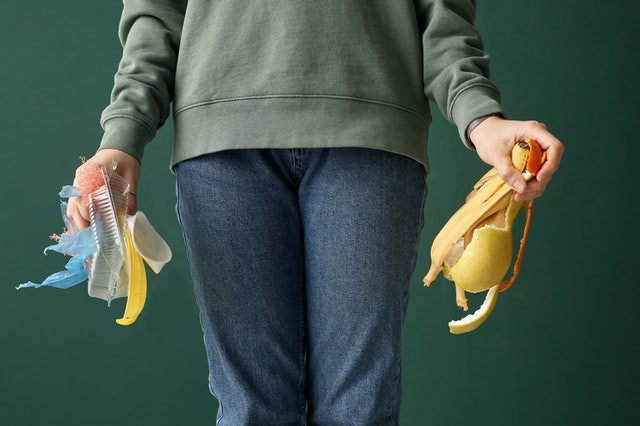
Compostable, Biodegradable, Degradable: What's the Difference?
17th Jan 2020
Out there in the market, you might see products with these labels on them. But what do they mean? And are they always used correctly? (Spoiler alert: they're not.) Well, here we have gathered information to explain the difference between compostable, biodegradable, and degradable in relation to (bio)plastics.

Compostable
Compostable plastic will biologically degrade in a compost site. Compostable plastic is capable of biological decomposition in a compost site. Most existing international standards require the material to biodegrade 60% within 180 days, and leave no toxic residue. For a plastic to be labelled compostable, it must meet three criteria.
- Biodegrade: break down into carbon dioxide, water, biomass, and inorganic compounds at the same rate as cellulose (paper)
- Disintegrate: the material is indistinguishable from the rest of the compost
- Eco-toxicity: the material does not produce any toxic residue during decomposition, and the compost can support plant growth
Biodegradable
Biodegradable materials will break down due to microorganism activity, but they do not have to be non-toxic. Biodegradable plastic will degrade from the action of naturally occurring microorganisms, such as bacteria and fungi, over a period of time. There is no requirement for 'no toxic residue' or a specified time taken to degrade.
Degradable
Some materials will break down, but often they simply break into smaller pieces of plastic and cause harm to wildlife. Degradable plastic will undergo a significant change in its chemical structure under specific environmental conditions, resulting in a loss of some properties. This change is not due to activity of microorganisms. In many cases, degradable plastic will simply break down into smaller pieces, creating microplastics which are extremely damaging for wildlife and human health.
Information taken from the World Centric website. For more information on what materials are used to make compostable plastics, have a look at this article on our blog.
Planet Friendly Packaging acknowledges the traditional custodians of the land on which we work.

